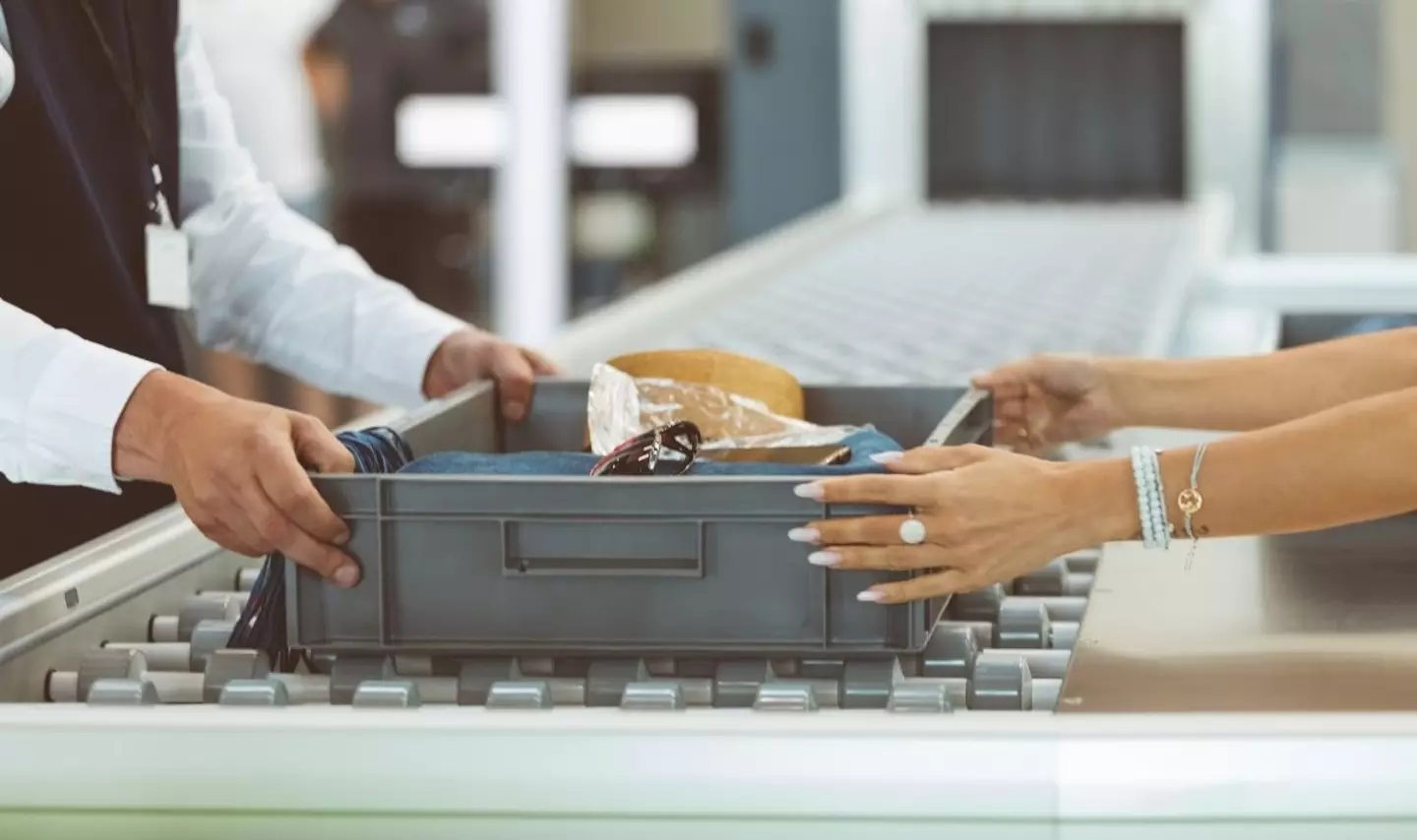Embarking on global adventures can be exhilarating and fulfill your wanderlust, but before you get to relax on a serene beach, you must first navigate the often-dreaded airport security process.
According to Statista, US airlines carried an astonishing 862.8 million passengers on both domestic and international flights last year.
This year, the Transportation Security Administration (TSA) reported conducting an average of 2.35 million security screenings per day at US airports, a significant increase from the 925,000 daily checks in 2020.
If you’ve ever experienced your carry-on being flagged, you’re familiar with the cumbersome process of eventually receiving approval to proceed.
Basic airport security isn’t the only hurdle to clear before reaching your destination; occasionally, you may be selected for additional inspection.
In February, Explore.com outlined five primary reasons why TSA agents might pull you aside, emphasizing that these procedures are aimed at maximizing safety.
Reasons for additional scrutiny include suspicious behavior, malfunctioning electronic devices in your luggage, and sharing a name with a person of interest.
Officials might also question your travel itinerary or methods, especially if certain details raise red flags.
Suspicious travel patterns that could trigger concern include last-minute flight bookings and purchasing one-way tickets without a clear return plan.
Explore also notes that brief trips to distant locations or unnecessary stopovers, particularly in countries with strained US relations, might draw attention.
If your boarding pass is marked with ‘SSSS,’ it means you’ve been selected for ‘Secondary Security Screening Selectee’ status.
This US airport security measure subjects certain passengers to more thorough screening procedures, possibly including pat-downs.
Behavioral cues also play a role; if someone displays actions on the TSA’s ‘secret behavior checklist,’ they might be questioned, as The Intercept reports.
Behaviors such as yawning, whistling, or excessive blinking are seen as involuntary actions of suspicious travelers.
Non-verbal cues like sweating profusely or fidgeting are similarly perceived as problematic behaviors.
Explore mentions that agents will also pay attention to those speaking in an ‘excessively distracting or otherwise suspicious manner.’

The Transportation Security Administration (TSC) outlines that the FBI maintains a ‘No Fly List’ as part of the US government’s Terrorist Screening Database.
This system flags names associated with known or suspected terrorists.
If your name or a similar one appears on this list, you might experience additional screening due to a ‘False Positive.’
Airlines and security personnel are aware of the difficulties and potential issues these can cause.
Explore advises using full names, middle names, and birth dates when booking flights to minimize the chances of extra scrutiny.
When your carry-on goes through the X-ray machine, and a handler flags it, something inside may have set off a sensor.
Prohibited items like liquids and weapons in luggage can trigger a stop-and-search action.
Backscatter passenger scanners can also detect physical threats such as explosives or drugs on a person.
Electronic devices that fail to power on or show signs of tampering can also be problematic.
Such items might lead to additional inspection.

Sometimes, the reasoning behind additional security checks is quite arbitrary.
Random selection is often used to ensure that potential security threats don’t slip through the cracks.
To reduce the likelihood of being randomly selected, ensure that all travel documents are current.
Additionally, double-check that your name, age, and other personal details are correctly entered on your boarding passes.
Safe travels!

